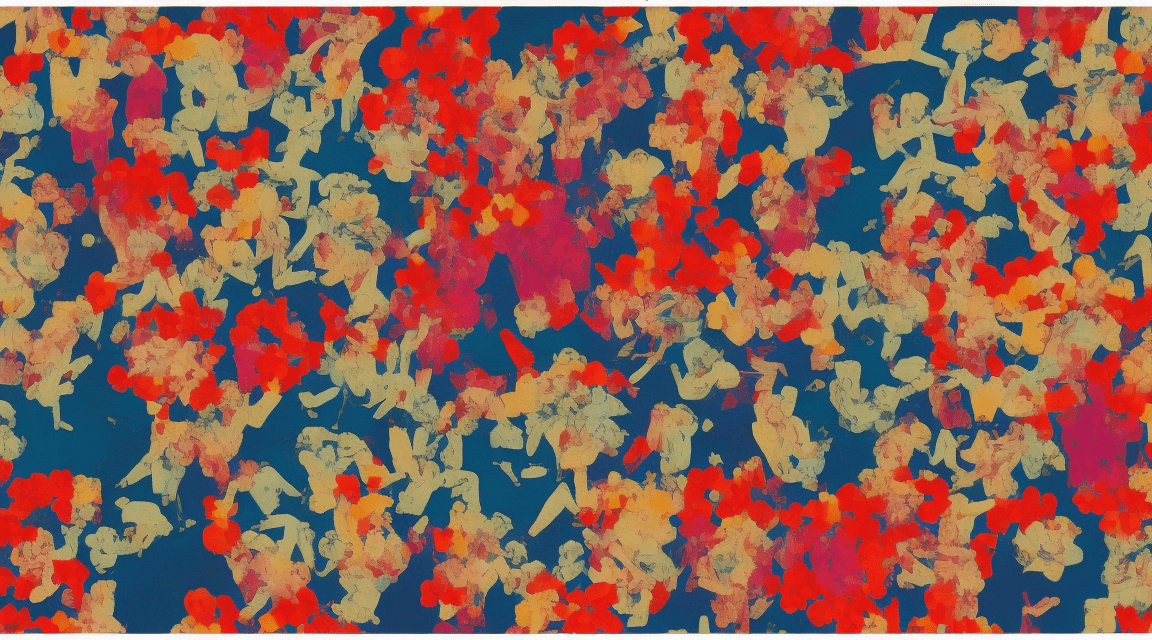Pop art is an artistic movement that emerged in the mid-1950s and took the world by storm. Its influence on modern culture is undeniable, as it revolutionized the way we perceive art, advertising, fashion, film, and television. With its bold colors, iconic imagery, and focus on mass-produced consumer goods, pop art challenged conventional ideas of what constituted “high art” and made art accessible to the masses.
In this article, we will explore the birth of pop art, its impact on advertising and fashion, its presence in film and television, its influence on contemporary art, and its enduring legacy.
The Birth of Pop Art
The pop art movement originated in the United Kingdom and the United States in the 1950s and 1960s. Artists like Andy Warhol, Roy Lichtenstein, and Claes Oldenburg were at the forefront of this movement, which sought inspiration from popular culture and mass media.
Pop art embraced the aesthetic of consumerism and capitalized on the booming post-war consumer culture. It rejected the elitism of traditional art forms and drew inspiration from everyday objects, such as soup cans, comic books, and advertisements.
The Influence on Advertising and Fashion
Pop art had a profound impact on advertising and fashion. It blurred the lines between high art and commercialism, creating a symbiotic relationship between the two.
Advertisers quickly realized the power of pop art in capturing the attention of the masses. The bright colors, bold graphic elements, and innovative techniques used by pop artists were incorporated into advertising campaigns, making them more visually appealing and memorable.
Fashion designers also embraced pop art, translating its vibrant and playful spirit into their collections. Icons like Mary Quant and Paco Rabanne drew inspiration from pop art, using bold colors, geometric patterns, and unconventional materials to create clothing that reflected the free-spiritedness of the movement.
Pop Art in Film and Television
Pop art made its way into the world of film and television, leaving an indelible mark on popular culture. Its influence can be seen in movies like Stanley Kubrick’s “A Clockwork Orange,” which features striking visuals and a dystopian world reminiscent of pop art’s bold and often unsettling imagery.
Similarly, television shows like “The Simpsons” and “Family Guy” incorporate pop art elements in their animation styles and satirical take on modern society. These shows not only pay homage to pop art but also continue to popularize its themes and ideas.
Pop Art’s Influence on Contemporary Art
Pop art continues to influence contemporary art in a myriad of ways. Its impact can be seen in the artwork of renowned contemporary artists such as Jeff Koons, Takashi Murakami, and Damien Hirst.
These artists, much like their pop art predecessors, draw inspiration from popular culture, mass media, and consumerism. They experiment with new materials, challenge conventional artistic techniques, and push boundaries to reflect the ever-evolving nature of modern society.
The Enduring Legacy of Pop Art
The legacy of pop art extends far beyond the 1960s. Its influence can still be felt in various aspects of modern culture, from fashion and advertising to film and contemporary art.
Pop art’s democratization of art paved the way for new artistic movements and allowed for greater experimentation and inclusivity in the art world. Its impact on popular culture made art more accessible, bridging the gap between the mass audience and the art establishment.
In conclusion, the impact of pop art on modern culture is undeniable. Its birth revolutionized the art world, influencing not only art forms like advertising, fashion, film, and television but also contemporary art movements. Pop art’s enduring legacy continues to shape how we perceive and interact with art in our everyday lives.
References:
- Smith, R., & Edwards, S. (2012). Pop Art. London: Tate Publishing.
- Livingstone, M. (1995). Pop Art: A Continuing History. New York: Harry N. Abrams.
